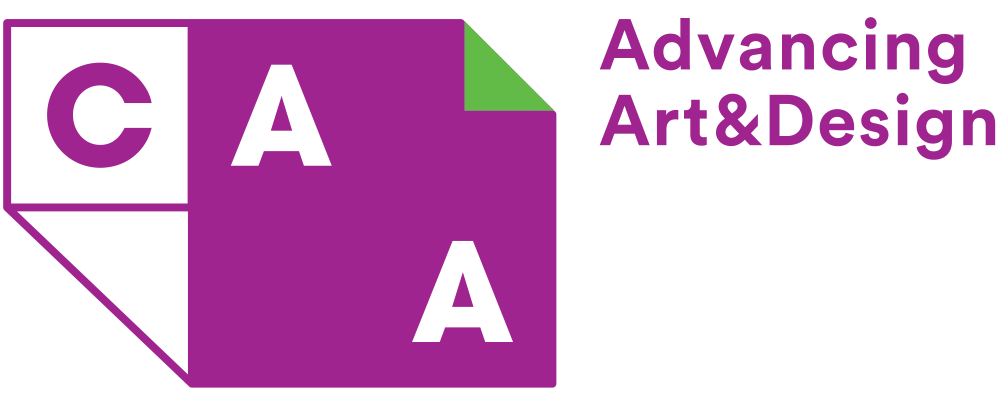
Deadline: July 20, 2019
Julie Codell, Arizona State University
From the mid-19th century, a new kind of narrative about private collectors appeared in Europe and the US, e.g., Jameson’s Companion to the Most Celebrated Private Galleries (1844), Waagen’s Kunstwerke und Künstler (Berlin, 1837-1839), trans. Elizabeth Eastlake as The Treasures of Art in Great Britain (4 vols. London, 1854, 1857); Dumesnil’s Histoire des plus célèbres amateurs (1853-1860); F. G. Stephens’s 90 Athenaeum articles on British collectors (1873-87); Strahan’s (pseud. Earl Shinn) The Art Treasures of America (1879-1882); and René Brimo’s The Evolution of Taste in American Collecting (1938), among others. To Oscar E. Vázquez, “collectors and collections…are a creation of the modern era” with “increased attention to…the collector over the collected object” (Inventing the Art Collection 57-58).
Attention to collectors began in the 18th century; by the 19th century, collectors became cultural icons and national figures. Many gave their collections to museums, shaping public taste and the canon. This panel will examine the discourse around collectors’ activities, high profile and relation to museums and public taste.
Panelists may consider questions about 18th, 19th and 20th-century collectors, such as (but not limited to):
- How did these narratives shape and revise collectors’ images over time?
- Did narratives about collectors inflect notions of the modern? of tradition?
- How were gender, class or national identity applied to collectors?
- Did narratives about collectors endorse cultural hierarchies?
- Were collectors tastemakers? public servants? cultural paradigms?
- How did collectors’ motives and desires affect their collections’ meanings?
Please send submissions to: JULIE.CODELL@asu.edu
You must be logged in to post a comment.